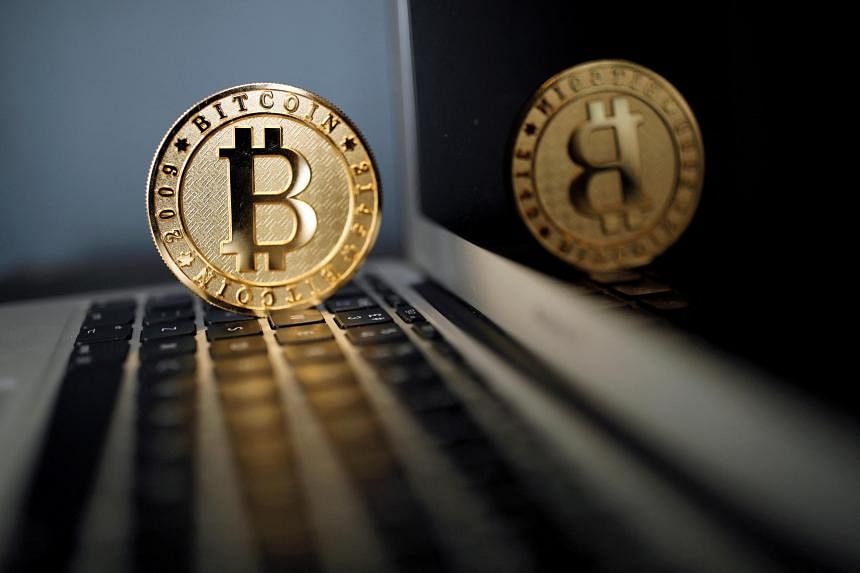SINGAPORE – The digital asset industry here and around the world is pivoting towards custody, payments and tokenisation of real world assets – key trends that will feature more prominently in the coming months, market players said.
They noted that as regulation becomes clearer in the different jurisdictions and global regulatory bodies begin to take a stab at having a more consistent set of rules for the industry, bigger names will start to move into this space.
Regulators around the world moved in to scrutinise the industry after a string of collapses – prominent crypto names, including the Terra network, hedge fund Three Arrows Capital, investment firm Voyager Digital, lender Celsius and exchange FTX declared insolvencies in 2022.
The crashes sent investors and venture capital firms fleeing the market, with high interest rates escalating a crypto winter that spilled into 2023.
However, firms that provide digital wallets and custody of digital assets are benefiting.
Mr Lim Ho Beng, the Asia-Pacific managing director for digital asset custody firm BitGo, told The Straits Times that the failures of crypto exchanges such as FTX highlighted the risks investors face by keeping their assets at exchanges.
To reduce their risks, investors have turned to independent custodians to store their assets while they continue to trade on platforms, he said.
Crypto wallet provider SafePal’s chief executive Veronica Wong told ST that business has picked up post-FTX, as investors want to be able to fully control when they send and receive crypto via self-custodial or non-custodial wallets.
In Japan and South Korea, blockchain gaming has been resilient despite the bear market, she noted.
About 40 per cent of on-chain activity come from gaming and these users are also looking at how they store their digital assets, said Ms Wong.
The digital asset custody market was valued at US$447.9 billion (S$612 billion) in 2022 in a July report by PwC and Aspen Digital.
“Should the crypto exchange-traded fund (ETF) applications being filed currently in the United States by the likes of BlackRock be approved, these ETFs will need to purchase the underlying crypto assets and have them custodied, which would lead to a large increase in the size of the crypto assets under custody,” said Mr Lim.
Currently, there are no rules here on custodians and wallets, although some observers said these have come under regulators’ radar.
Mr Julian Sawyer, chief executive of Zodia Custody, said that post-FTX, there has been emphasis on segregation of duties between what an exchange does and the safekeeping of users’ assets. “What you’re seeing particularly here is people coming into the market, providing custody services and as new regulations come out, it’s more important to have that guarantee going forward.”
In recent times, global regulators have zoomed in on stablecoin, which is a cryptocurrency typically pegged to fiat such as the US dollar or the euro, on a one-to-one basis.
By the end of 2024, there will be clear laws on stablecoins almost everywhere in the world in the biggest markets, said Mr Jeremy Allaire, co-founder and chief executive of payments firm Circle.
“That legal certainty is so important because it’s like giving clearance to established companies, financial firms, payments firms, corporates and Internet companies. They can have legal certainty as to what this is, how to treat it and how to account for it,” he said.
Market players said clarity in rules and improvements in blockchain technology and user experience would bring large firms into the Web3 industry.
Crypto exchange OKX’s chief commercial officer Lennix Lai said the worlds of traditional tech, banking and finance firms are already starting to merge with those in Web3.
“This (Web3) industry will change a lot in one to three years’ time and massively increase in terms of size and volume. We will also see a lot more other players, not just Binance and OKX any more, but big names like Goldman Sachs, Coca-Cola (and) common consumer brand names that will have Web3 components.”
In August, online payments firm PayPal launched its own US dollar-backed stablecoin. In 2022, the company started to allow users to transfer, send and receive a number of popular digital tokens, including Bitcoin and Ether.
Another key trend is tokenisation, which is the process of digitally representing real, physical assets on the blockchain. It can be applied to traditional asset classes.
Global bodies such as the International Monetary Fund, the World Bank and Swift banking system are now looking into it, said Mr Hassan Ahmed, who is exchange Coinbase’s country director for Singapore.
“They are really figuring out how to use this technology, so things like on-chain Treasury bills and short-term government debt are the next wave that we’re seeing after stablecoins,” he noted.
Others, like Mr Vincent Chok, chief executive of Hong Kong-based custodian First Digital, are looking at how to use tokenisation to tackle problems that exist in traditional finance.
He gave the example of how yields from investing an individual’s pension plans are chipped away by the middlemen such as fund managers.
“That’s where blockchain is great because it cuts off a lot (of that). We can tokenise the actual underlying assets that pension plans can hold, so then those assets can move without having to pay all those expensive fees, except gas fees,” Mr Chok said. A gas fee is a small amount of cryptocurrency or transaction fee paid by the user to ensure that the blockchain network is not congested.
Payments, another trend highlighted by market players, is an area that has gained traction.
About a week ago, Circle partnered ride-hailing operator Grab to pilot a Web3, blockchain-based wallet in Singapore.
A day before this, messaging app Telegram launched a Web3 self-custodial wallet that allows all its users, including those in Singapore, to send and receive token payments.
Blockchain software company Consensys’ director for Asia strategy Laura Shi said more Web3 firms will want to team up with licensed providers of instant payment services to make it easier for people to access digital tokens.
“Now we’re trying to see if we can have PayNow in Singapore, capable to facilitate fiat on-ramp. In Hong Kong, it will be FPS and in Vietnam it will be TelePay,” Ms Shi said.
Payment network Ripple’s president Monica Long said public crypto, central bank digital currencies and stablecoins are building blocks that pave the way for crypto and blockchain to be integrated into the existing global financial system.
However, for the full integration to happen, she noted that the infrastructure has to be improved to be more efficient and accessible.
Companies that can master the processes of on-ramping or converting fiat to crypto, and off-ramping, which refers to the conversion of crypto to fiat, will have a significant competitive advantage in the coming years, Ms Long added.


